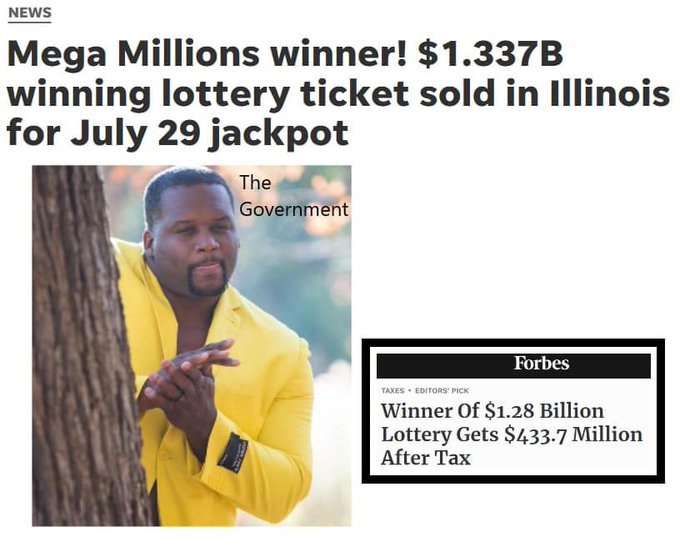Tag: tax on the stupid
Powerball and other lotteries don’t replace taxes — they add to them
Guest Post by Norm Champ

Powerball mania is upon us once again. The lucky winners of Wednesday night’s drawing will receive, at a minimum, a $375 million jackpot.
While the lure of winning such a large sum of money for a seemingly small investment ($2 for one ticket) can be irresistible, those who gamble on the lottery would be wise to save their money, instead of paying what is essentially a voluntary tax to state-sponsored gambling. And some of the biggest contributors to this voluntary tax are the country’s poorest citizens.
In 2014, Americans spent $70.1 billion on the lottery. Yet, the average savings rates of Americans are among the lowest of all modern democracies, generally somewhere around 5% or less. Consumer credit-card debt, meanwhile, is disturbingly high, around $16,000 on average. Average car loan debt is $27,000 per household. Average student loans, $48,000. Mortgage debt, $169,000.
Continue reading “Powerball and other lotteries don’t replace taxes — they add to them”
Why the Lottery is a Regressive Tax on the Nation’s Poorest
Every year, Americans spend a mind-blowing $70.1 billion on the lottery. That works out to an average of $630 per household, representing more money spent on gambling than on books, sports tickets, recorded music sales, video games, and the movie box office – all combined!

This is according to data visualization expert Max Galka, who published a series of posts and visualizations on the economics of the lottery in his Metrocosm blog. The numbers he provides are both astounding and alarming, ultimately making a convincing case that the lottery is a regressive and inefficient tax on some of the nation’s poorest people.
Let’s start with the economics. Here’s the math on the New York Lottery, which is a starting point to understanding the inefficiency behind lottos in the first place:

To sum up the math:
- 51% of each dollar goes to tax revenue: federal, state, and municipal.
- 18% goes to covering expenses, such as advertising or retailer commissions. This is the part that makes the process inefficient.
- 31% of each dollar actually goes to the prize money, and that basically sums up the terrible odds behind winning in the first place.
In other words, for every $3 spent on the New York Lottery, less than $1 is paid out to winners, while the other $2 is going to expenses and tax revenues.
Continue reading “Why the Lottery is a Regressive Tax on the Nation’s Poorest”





